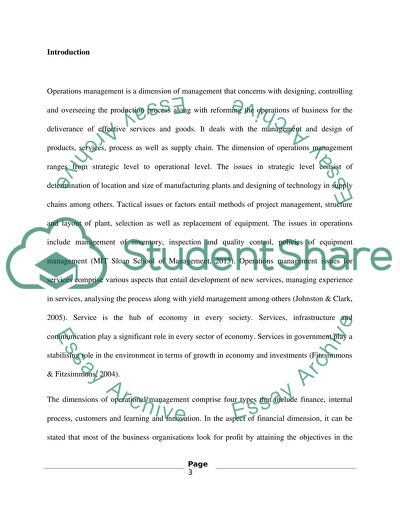Cite this document
(“Operational Management Issues for Services - The dimensions of Essay”, n.d.)
Retrieved from https://studentshare.org/marketing/1404283-operational-management-issues-for-services-the
Retrieved from https://studentshare.org/marketing/1404283-operational-management-issues-for-services-the
(Operational Management Issues for Services - The Dimensions of Essay)
https://studentshare.org/marketing/1404283-operational-management-issues-for-services-the.
https://studentshare.org/marketing/1404283-operational-management-issues-for-services-the.
“Operational Management Issues for Services - The Dimensions of Essay”, n.d. https://studentshare.org/marketing/1404283-operational-management-issues-for-services-the.


